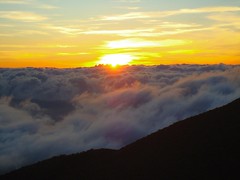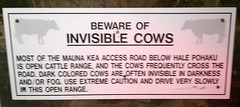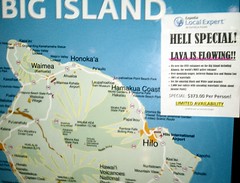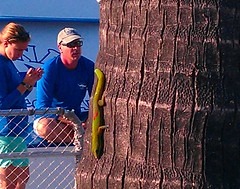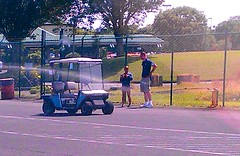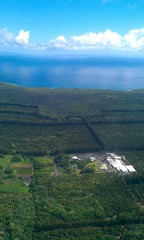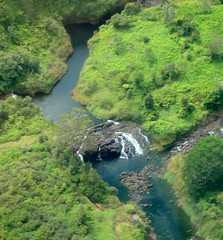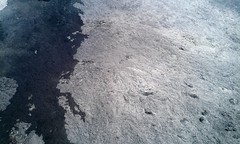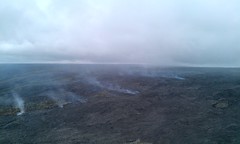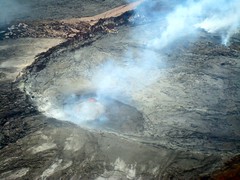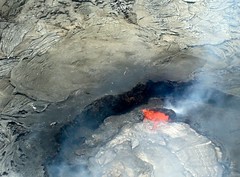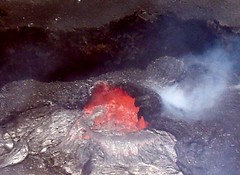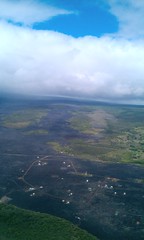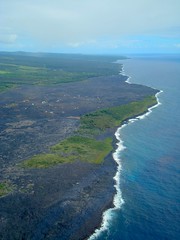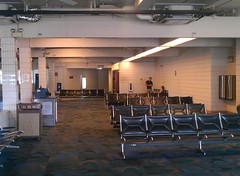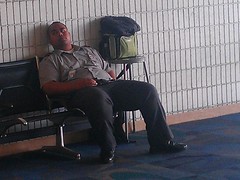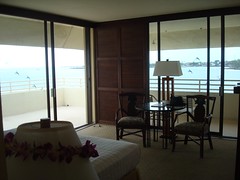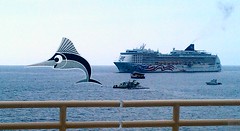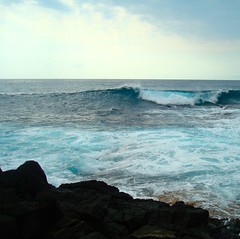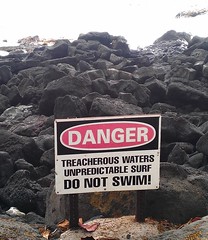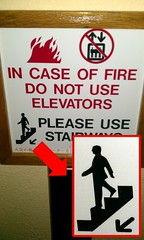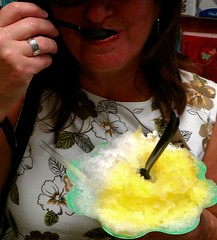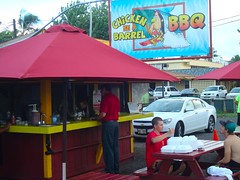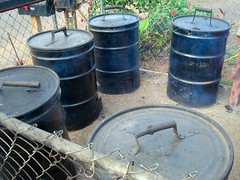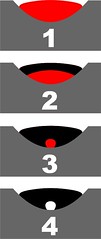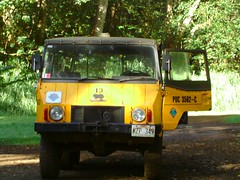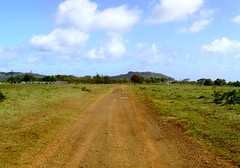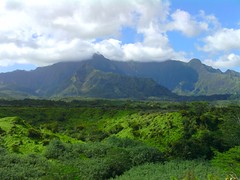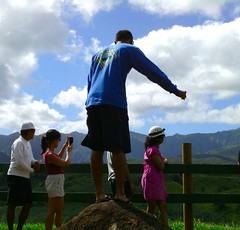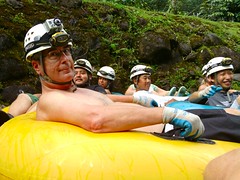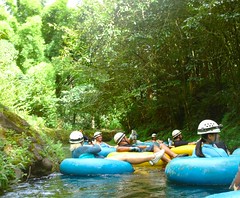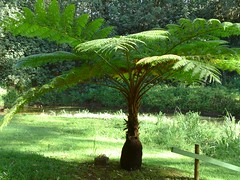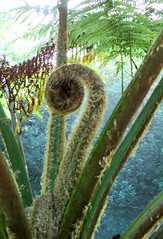On the top of Mauna Kea volcano at 13,800 feet is a cluster of observatories that attract astronomers from all over the world, due to the near-perfect conditions. Isolated from light pollution in the middle of the Pacific Ocean, it is the third-highest optical observatory in the world.
As a kid, I was never a fan of astronomy, because other than images of our solar system, everything else just looked like dots and clouds. With the development of the Hubble space telescope, and recent advances in adaptive optics, the field has become more exciting for scientists, but not to me.
All of this nonsense about science and technology was not a part of our decision to drive up the volcano. My wife read that the Onizuka Center for International Astronomy (located below the observatory complex at 9,300 feet) includes a visitor’s center. At the visitor’s center, observatory staff members set up high-quality telescopes free for use by the public. But the reason my wife set aside time to drive up the volcano was because of the sunset, which occurs above the clouds.
We left Kailua with a half-tank of gas, and began the long climb. Before long, our four-cylinder rental car was sucking air like a drowning elephant. I could actually see the fuel needle dropping towards “Empty.” We passed through the deck of clouds that obscured the summit.
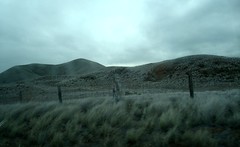
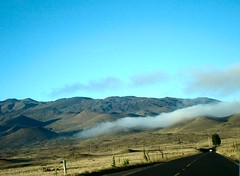

“It’s 35 miles whether you go east or west,” he explained. “How much gas do you have left?”
“Less than a quarter of a tank,” I told him sheepishly, embarrassed by my bad planning.
He just laughed. “You’ll make it easily! It’s all downhill from here! You can make it back to your hotel if you want.”
He went on to tell me that all of the people helping out are volunteer scientists. They come from all over the world to make observations of the universe. However, they are required to stay at the visitor’s center dormitories for a week to adjust to the altitude before they are allowed up to the observatories, 4,000 feet further up the mountain. During that week, they have nothing to do, so they volunteer to help out.
A short distance away was a knobby hill that people were climbing for a view of the sunset. A dirt road led to the foot of the hill. The scientist told me that I could drive over to the hill, but not to go further than the power station. “If you go past the power station, you’re never coming back.”
We drove over and began the lung-searing climb in the thin, cold air.




